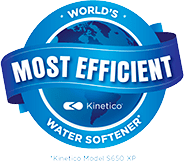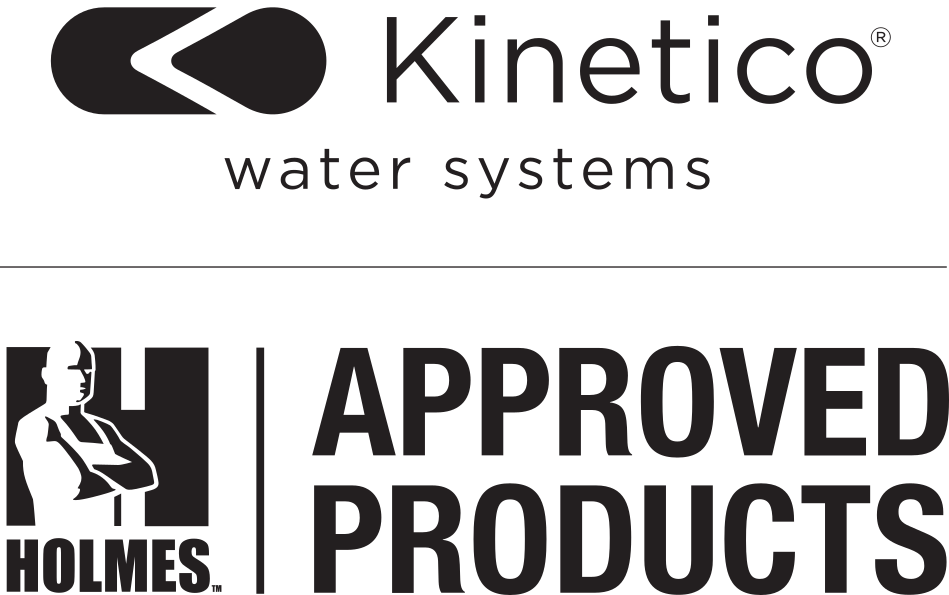Americans purchase millions of bottles of water each year. Why? Because we don’t like the way our water tastes. Fortunately, there is an alternative — filtering your water. But what’s the right type of drinking water filter for your home? There are many options, so it’s important to understand your needs and the many types of filters available.
It’s a Matter of Taste
The Minnesota Department of Health (MN DOH) notes that our state’s municipal water is safe to drink as is, so it does not require treatment for health reasons. However, they continue testing and reporting on the water quality as the allowable levels of contaminants may become more stringent in the near future, according to a recent study.
Even with the treatment municipalities perform, water filtering units are a good idea if you want to improve your water’s taste, color, or aroma, while increasing your safety and peace of mind. And what about the water from private wells? The MN DOH doesn’t test private well water, that’s the resident’s responsibility. Water quality varies from well to well, but you can treat some of the same problems through filtration.
All types of drinking water filters perform a similar task, but they use a variety of technologies, with varying results. Sometimes, technologies are combined to achieve maximum filtration. For most, the only maintenance required is periodic filter/cartridge replacement.
1. Activated Carbon
Activated carbon, also called activated charcoal or active carbon, is a highly porous substance that can reduce organic contaminants. It is made from carbonaceous materials such as coconut shell or wood, which are burned and then processed so that tiny, irregular spaces form between the carbon atoms. As water passes through these pores, the activated carbon attracts and traps organic molecules, atoms, and ions in the water.
Activated charcoal is commonly used as granules or in block form to filter all sorts of things. For example, you may be familiar with activated charcoal air filters. At home, it’s typically the “technology” found in the inline filter attached to your faucet or the built-in filter on your countertop pitcher.
2. Distillation
Heating water, then recapturing the evaporated steam leaves behind unwanted chemicals and minerals. This simple, ancient method of purifying water is still used today in some types of water filters. Distillation systems discharge gases through a vent. For home use, these systems often include an activated carbon filter to capture a wider range of chemicals. They require more maintenance because you have to clean and descale them in addition to replacing the activated carbon filter.
3. Reverse Osmosis
Under-sink or countertop reverse osmosis filtration systems are the most thorough and effective option. They use a multi-step process that forces water through a particle screen, then a semipermeable membrane, then an activated carbon filter. This series removes particulates, chlorine and other contaminants, organic compounds, and any residual odors or taste.
4. Ultraviolet (UV) Light
Precise, intense light can also be used to inactivate bacteria, viruses, fungi, and other microbes in water. UV light cannot remove particulates or gases, so these systems may also use an activated carbon filter. Light intensity, timing, and the composition of your water all affect the effectiveness of a UV-based water filter. These systems also require periodic cleaning as well as lamp replacement.
The Department of Health recommends periodic water testing to ensure your filtration system is working properly. We can help with that, and we can also help you learn more about the various types of drinking water filters to determine the best choice for your home and family.









